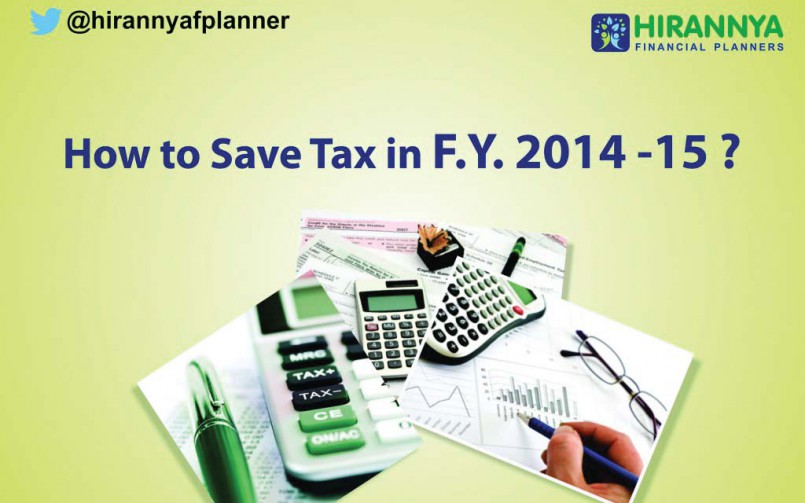That time of the year has come. You receive a reminder from your employer to furnish details of your tax saving investments. It comes with a deadline, e.g. you need to give the details maximum by 1st week of January or February. Then 3 things happen –
- You ask and take opinion of the most profound expert in this field – your colleague!
- You feel great if someone takes effort to come to your desk and helps you making the investment … even if it is not at all suitable for you!
- You forget all these as mandatory year-end tasks and carry on as if nothing happened!
I recommend you to first take note of the following 3 things instead –
- Tax saving investments can be made… err sorry… can be planned at the start of the financialyear itself i.e. in the month of April and not when you are asked to furnish details.
- Know your tax liability first. And it is easy; you need not even consult a CA for the same. Numerous websites are there to help you, just Google. Or even a simpler way is there – visit our website www.hirannyafinplan.com and try ‘tax calculator’.
- Make plan to achieve all your financial goals – short term, medium term and long term. Take care of your contingency. Make sure you bought adequate term cover and health cover and renew the same without fail. If all these investments also allow you to claim tax benefit – fine! If not, then also follow the plan ditto and pay tax instead.
You can save taxes under various sections – 80C to 80U. You can check the details of all these sections in our website very soon. Before that I would like to bring your attention in the following 3 sections – most discussed and popular –
80C
Limit raised this year up to Rs. 1,50,000. Tax exemption on the amount invested can be claimed if investment is done in any of the following – Life insurance premium paid (only if yearly premium is less than 10% of sum assured), ELSS Mutual Fund, Tax Saving FD of 5 years tenure, NSC. REMEMBER first to find out the total EPF contribution that you make in the whole year + term insurance renewal premium that you pay + PPF investment if you make any + principal component of all your home loan EMIs + tuition fees part of school fees paid on children’s education. If the total is equal to or more than Rs. 1,50,000 then you need not to make any investment under this section. If the total is less than Rs. 1,50,000 – you can make investment of differentiate amount under this section –provided it makes sense or in line with your planned investment.
80D
You should always have adequate health cover. Ideally it should be a family floater cover of amount 5 lakh or more depending on the city you live in or likely cost that you may incur in case of hospitalization. The premium that you pay for this cover could be less or more than Rs.15,000 (the maximum amount that can be claimed as tax benefit). Even if it is less, you should not feel bad as long as you have bought a good and adequate health cover. You can buy health insurance cover for your senior citizen parents also and claim tax benefit up to Rs. 20,000. Here again, the focus should be on right insurance product and adequate insurance cover, and not on tax saving.
Section 24B
Most of the young families today, have a home loan to pay. Govt. encourages you to buy home and hence doles out tax benefits. Whereas principal component of your home loan EMI qualifies for tax benefit u/s 80C, interest component qualifies for tax benefit u/s 24B. Here there could be two scenarios – either the home that you have bought is put on rent or you are staying there. If you are staying there, then you can claim tax benefit up to Rs. 2,00,000 of interest paid. For let out properties, there is no such limit.
Hope the above guidelines will help you in making right decision at right time. If you have any queries whatsoever please ask. Do comment. We are all ears.

Leave a Reply